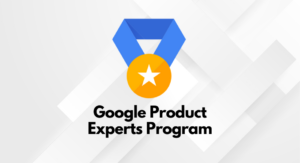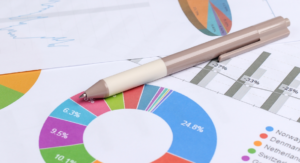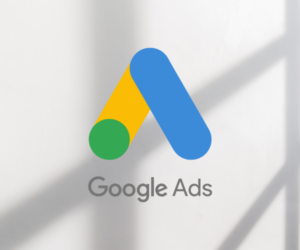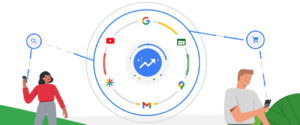Today’s customer journey is more unusual than ever before. It’s not that it’s very difficult market to them when their purchase behaviours are changing. What’s more important for brands today is to understand what has changed and what’s changing and what strategic changes are required to address them more efficiently.
Let me tell you a story…
Motivated by a friend’s success, Anita decides to start her own YouTube channel about cooking and recipes. That’s when she thinks of buying a DSLR camera. As suggested by her friend, she googles a few phrases to learn more about the brand, model, and features. She visits a few websites to check specifications, pricing and offers. She even adds the said product in her cart on Amazon. But being interrupted by somebody at the door, she does not place the order.
Next day, while watching a few videos about home Studio Setups on YouTube, she comes across two new camera models from a different brand being talked about very high in many videos.
She comes back to Google, searches those camera models, clicks a few Google search shopping ads and organic posts, and reads several blogs, reviews, social media posts, and comparisons about them. It continues for the next two days across multiple devices she owns.
And yes, before I forget, influenced by her research so far, she buys a microphone and a video light the next morning.
3 days later while buying a replacement filter for her air purifier on a different website, she happens to search for the DSLR cameras. Impressed by the positive reviews and customers’ videos posted on the site, she buys a DSLR camera about 25% costlier than the cameras she was researching.
Now if I ask you to map Anita’s journey to the purchase, what would it look like?
A funnel? Pyramyd? Hourglass? Linear?
Traditional Marketing Funnel
Traditional marketing funnels what we read in B-schools are not very much relevant always. We were taught that as customers would progress gradually on their path to purchase, they would narrow down their search forming a funnel.
But today, this funnel can be upside down forming a pyramid, or this pyramid can start expanding at the bottom to form an hourglass.
The point is that a conversion journey does not necessarily look like a funnel any more. It can be different and very uncertain.
The number of touchpoints or interactions in somebody’s path to purchase is not fixed, it can be drastically different from person to person. One can hop back and forth from one stage of conversion to another, can skip a stage or two, can simply postpone the journey for days, months or years and can start afresh or rejoin the stage where left last or at a different stage.
Sounds complex, doesn’t it?
The Challenge and The Solution
Well, yes, it is challenging. But only when you struggle to define right metrics as the Key Performance Indicators (KPIs), collect and analyze them properly and decipher insights from the data you collect.
If you do it right, you would know your customers’ purchase journey, their paths to purchase, in a better way. It will tell you that every customer journey can be unique. As a result, you will be able to sideline one-strategy-for-all philosophy and will adopt more dynamic and well-thought approach to deliver right messages at the right time.
The first step in the direction is to have your tracking setup done right. And the next step is to create meaningful reports breaking metrics down into different dimensions and segments. It will help you think beyond keywords and understand the psychology of search. It will give you better understanding of your customers’ behavbious and you will be able to make more informed decisions.
Sharing is caring!






